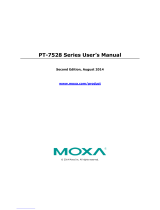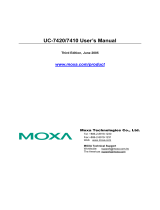
Table of Contents
1. About This Manual ............................................................................................................................. 1-1
2. Understanding the Command Line Interface ..................................................................................... 2-1
Accessing the Switch ........................................................................................................................... 2-2
Logging in using the RS-232 Console ............................................................................................. 2-2
Logging in using Telnet ................................................................................................................ 2-5
Command Modes ................................................................................................................................ 2-7
Basic Configuration ...................................................................................................................... 2-7
Understanding All Command Modes ............................................................................................... 2-7
Help Messages ................................................................................................................................... 2-8
Special Usage and Limitations .............................................................................................................. 2-9
Abbreviated Commands ....................................................................................................................... 2-9
No and Default Forms of Commands ................................................................................................... 2-10
CLI Error Messages ........................................................................................................................... 2-11
Command History ............................................................................................................................. 2-11
3. Commands ........................................................................................................................................ 3-1
Layer 3 Routing .................................................................................................................................. 3-2
Static Route ................................................................................................................................ 3-2
IP Interface ................................................................................................................................ 3-4
Debug ........................................................................................................................................ 3-9
OSPF ....................................................................................................................................... 3-18
VRRP ....................................................................................................................................... 3-35






















